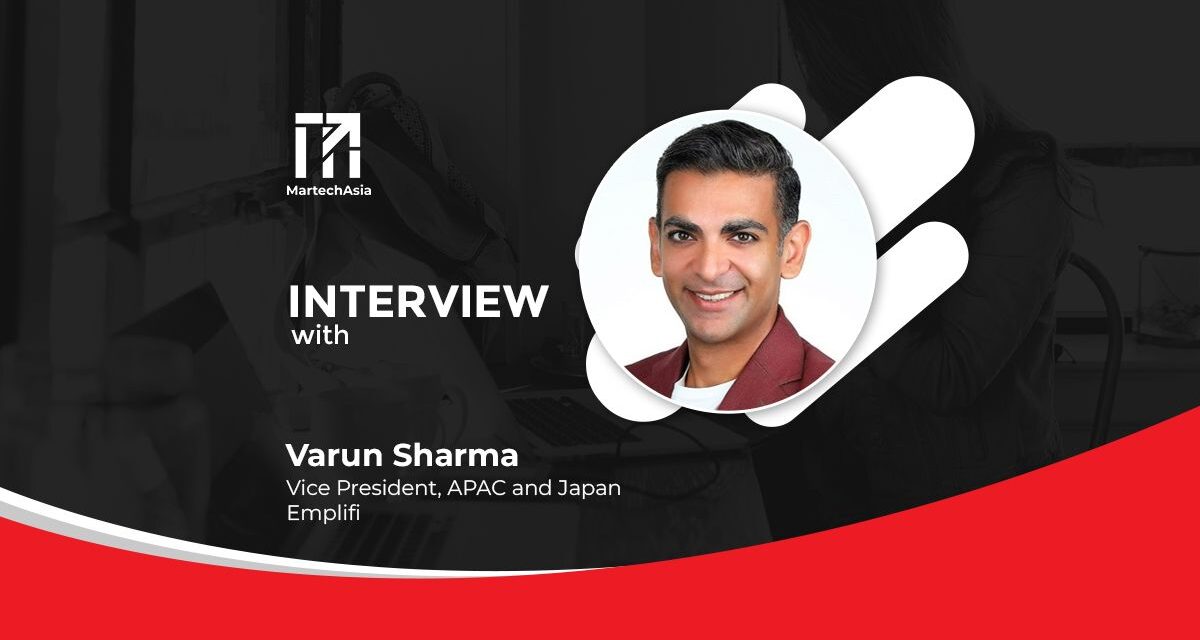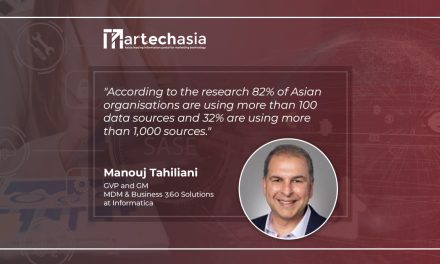Emplifi Vice President for APAC and Japan, Varun Sharma, shares his insights on the leading social media platform for Singapore’s government sector.
Government agencies leverage social media to reach, educate, and engage citizens. The authorities and government leaders can influence people to think and take action on various topics, including health and social programs, peace and order, disaster management, and more. In Singapore, the public sector uses social media for the same purposes as other countries in the Asia Pacific region.
Emplifi has released a report, “Singapore Government Social Media H1 2022,” that shows how 16 ministries and 30 statutory boards use the leading social media platforms, such as Facebook, Instagram, YouTube, and Twitter. They use social media to connect and engage with citizens on a broad range of subject matters, like COVID-19, national service, environmental concerns, and social conversations.
In this MartechAsia interview, Varun Sharma, the Vice President of APAC and Japan of Emplifi, shares his expert insights about the leading social media for Singapore’s government sector based on the findings of the said report.
Why does Instagram continue to grow as a key channel to engage with netizens, particularly the younger generation in Singapore?
Instagram continues to be the primary platform of choice for the public sector, enabling ministries and statutory boards to reach about 86% of the population. Our report results show double digital engagement growth (14.18%) to 710,688 interactions.
It’s an important channel for reaching and engaging with younger generations – in June 2022, 62.5% of Instagram users in Singapore were aged between 13 and 34 years. Content on the platform is also more visually appealing than on other social networks, from Instagram’s feed to stories, live videos, and IGTV, formats are more entertaining compared to text-heavy posts.
What are the impacts of the report findings among businesses in the country?
Ministries and statutory boards are leveraging social channels to communicate with the public, and they’re using different content types to engage with their audience.
While usage and engagement have increased on Instagram and YouTube, it wouldn’t surprise me if TikTok is soon added to the marketing mix. The app’s popularity is surging worldwide, and it’s no secret that short-form video is an engaging content format.
The world is increasingly social first, and both the public and private sectors can use social media as a tool to build and establish trust, share important information quickly and in real-time, answer questions and engage at a more personal level.
Why did brand content garner more interactions than user-generated content?
User-generated content usually comes as a spin-off of mainstream media news, as a follow-up, or as a sideline conversation. The nature of ministries and statutory boards is to provide informative content beneficial for the public good, so users tend to interact with the direct source as posts are published.
Why did ministries earn better engagement despite the statutory boards producing four times more in H1 2022?
According to our report findings, the top content-producing statutory boards, the National Environment Agency and PUB – Singapore’s National Water Agency, produced the most content. If you look closely at the type of posts, you’ll see its daily public service announcements around weather updates via Twitter. This is informational and results in few interactions.
On the other hand, ministry content, for example, the Ministry of Defence, produced less content but tailored to its audience. They shared images and videos for campaigns – and we can see the results, higher engagement, and interactions on their Youtube and Instagram accounts.
Why are replies leading in engagement and interactions in H1 2022, followed by shares and posts?
Simply put, when your audience replies to your posts, they are conversing with you. The public sector is delivering the right content to engage with its audience.
Why should the public and private sectors use social media in audience engagement?
Social media has transformed the way brands and marketers interact with consumers globally as well in Singapore. Singapore has 5.3 million social media users, accounting for 89.5% of the country’s total population.
Regular authentic communication is key for both the private and public sectors, and there really is no other alternative to social media when it comes to reaching and engaging with people at scale. Whether it’s for real-time updates, answering questions, or simply showing their more fun side, the public and private sectors must continue to make good use of social media to reach and engage with their audiences.
When engaging with millennials and Gen Z, social media platforms such as Instagram and TikTok are a great way to start alongside experimenting with a combination of content types – stories, videos, live streaming – to appeal to the younger demographic.
In today’s digital world, customers expect care to be accessible, quick and on their terms – often using social media as their preferred channel to reach businesses. Failure to provide great customer care via social media could be a reason for customers to leave a brand and look elsewhere.
What is the role of Emplifi in improving customer experiences in the private and government sectors?
Emplifi’s unified CX platform empowers brands to meet the fast-changing customer expectations across marketing, commerce, and care touchpoints. According to a 2022 CX Industry Report, over 57% of APAC respondents, including in Australia, Singapore, India, and others, noted that CX is a top investment area. A few of our clients include The Body Shop Indonesia, Shopee, and Toyota.
Instagram is Singapore’s leading social media channel today because of the platform’s interactive features and immense appeal to the younger generations. Other social media networks are striving to capture mass audiences’ attention by incorporating new features and benefits to help both private and public sectors boost reach, engagement, and overall customer experiences.
Indeed, social media is evolving with new features and capabilities that greatly benefit the Asia Pacific region’s private individuals, businesses, and even the public sector. From a previously online communication and entertainment network for friends and family, social media is now a powerful engagement and marketing tool for a wide array of applications, industries, and sectors.



















